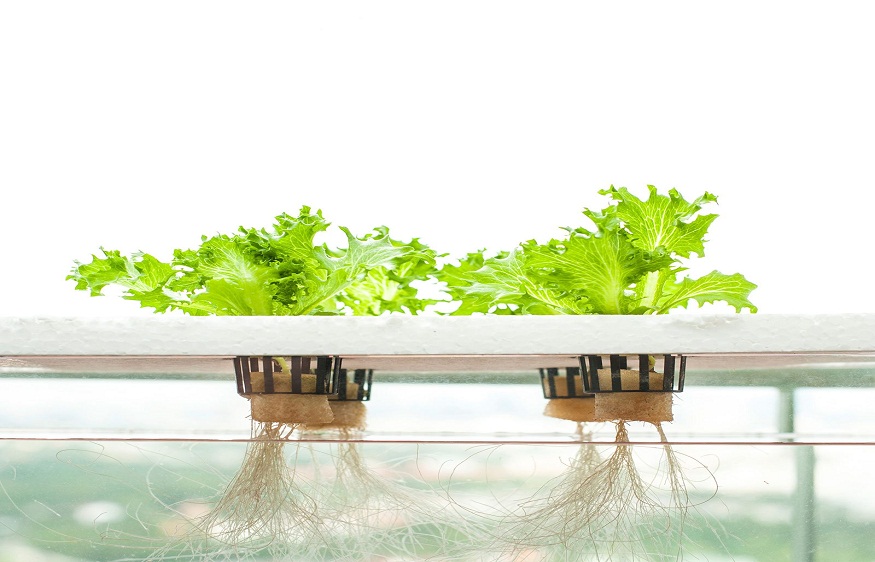There are varieties of farming methods; those methods help increase crop production and quality. Hydroponics farming also comes in those different farming techniques. You may have a question what is Hydroponic farming. In simple words, hydroponics is a segment of hydroculture and a type of horticulture. In hydroponics, the plants are cultivated without the help of soil and grow with the help of mineral nutrient solutions composed of water.
More and more farmers are slowly adopting hydroponic farming because it is more productive and produces plants in half the time than the traditional method of agriculture. This method can operate in small spaces, like rooftops, balconies, and terraces. Hydroponics is a water-saving method of cultivating pesticide-free and nutrient-rich plants. The nutrient solution in an aqueous solvent comes from different sources, such as duck manure, fish excrement, or chemical fertilizers.
What is hydroponic farming?
Hydroponic farming is a productive method of growing plants fairly often than traditional methods, by skipping the use of soil instead of using rich nutrient water solution, which is a mixture of essential plant nutrients. It is also known as soilless farming. The plant’s roots grow in that water solution or inside the inanimate substance like Rockwool and vermiculite. The plant roots are attached in a constant liquid solution, or the plant roots may hang in a continuous unconfined liquid mixture. Hydroponic farming is not like traditional farming; it requires continual attention for better growth of crops.
Different types of hydroponic farming
Different crops have different growing techniques, so hydroponic farming also has various methods of growing crops. Following are the types of hydroponic farming:
1- Nutrient Film Technique (NFT):
This hydroponics method grows plants by using gully channels, and nutrients flow in these channels with the help of a pump. These channels can easily be installed in small areas and are also budget-friendly.
2- Standing Aerated Nutrient Solution:
In this method, the solution is stable, and the roots of the plants hang in the nutrient solution, and these solutions need to change every 7 to 10 days. This method is also known as deep water culture DWC.
3- Aeroponic System:
This technique reduces the amount of water used and depends on the air so that it delivers the nutrient-rich solution sprayed on the roots of the plants and seeds to get oxygen from the perspective while put up. This method is expensive as well as challenging to manage in the use of water and nutrients.
4- Dutch Bucket Grow System:
This system grows plants by using buckets; the size of the buckets differ depending on the crop or other requirements. These buckets have growing metals to support the growth of the plant.
Benefits of Hydroponic farming
People who ask What is hydroponic farming, do not know about the great benefits it has to offer, you will get various benefits with this farming method, such as:
- With the help of hydroponic farming techniques, the effective use of rich-nutrient increases the productivity of plants and prevents wastage.
- You can quickly grow plants in tiny places.
- As compared to traditional methods, it utilizes up to 80 to 90 percent low water.
- The hydroponic method has a climate control system, so crops produce year-round.
- The risk of pests and insects is also low because of closed space.
Conclusion
Hydroponic farming takes less time than traditional methods. With the help of nutrient solutions, there is no need for soil for plant growth, so you do not require any large apartment for planting. You can grow plants in tiny spaces, and it is a popular choice because of less-water consumption. This read will answer your question regarding What is hydroponic farming? And you will understand its benefits.
